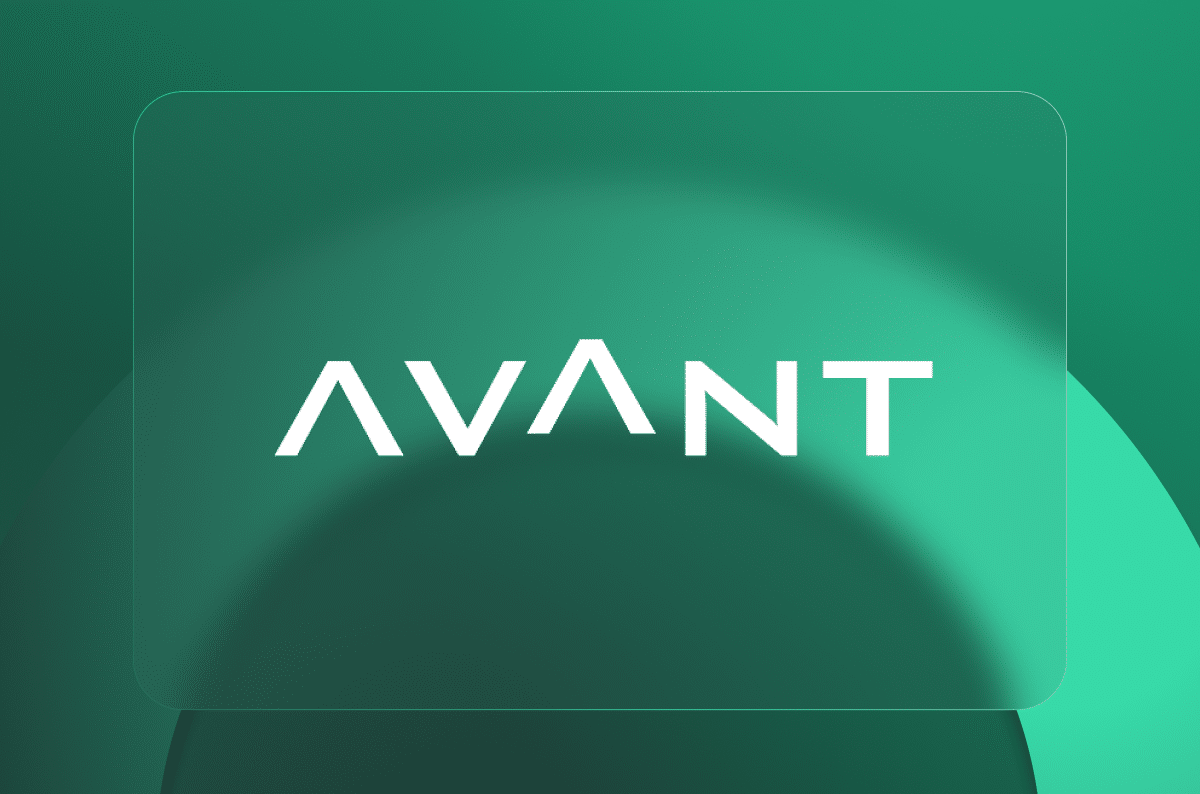Gartner: Where Do I Start With SASE Evaluations: SD-WAN, SSE, Single-Vendor SASE, or Managed SASE?

Table of Contents
|
Listen to post:
Getting your Trinity Audio player ready...
|
If you’re starting your SASE evaluation journey, Gartner is here to assist. In a new helpful guide, they delineate how organizations can build their SASE strategy and shortlist vendors. In this blog post, we bring a short recap of their analysis. You can read the entire document here.
Quick Reminder: What is SASE?
Gartner defined SASE as the convergence of networking and network security into a single, global, cloud-native solution.
How to Start Evaluating SASE
Here are Gartner’s recommendations:
Step 1: Build a Long Term SASE Strategy
Your strategy should aim to consolidate point solutions and identify a single SASE vendor (combining networking and security) or two partnering vendors (one for networking, one for security). Solutions can be self-service or out-sourced as a managed service.
Step 2: Shortlist Vendors
Identify the use cases driving your transition to SASE. This will ensure you shortlist the right type of providers. Otherwise, you might find yourself with unused features and/or missing functionalities.
Drivers may include:
- Modernizing the WAN edge – Including branch network modernization, implementing a cloud first strategy, network simplification, and more. In this case, it is recommended to start with SD-WAN and add SSE when the organization is ready.
- Improving security – Including advanced security controls for employees, services and data protection. In this case, it is recommended to start with SSE and augment with SD-WAN when the organization is ready.
- Reducing the operational overhead of managing network and security, including unified management and easy procurements. In this case, it is recommended to start with managed SASE or single-vendor SASE.
Step 3: Understand the 4 Markets
There are four potential markets with vendors that can help implement SASE.
- SD-WAN – When the organization prioritizes replacing or upgrading network features. Security features can be added natively or via a partnership.
- Single-vendor SASE – When the organization has a unified networking and security vision for transitioning to SASE, and prioritizes integration, procurement simplicity and unified management.
- SSE – When the organization prioritizes best-of-breed security features. SSE can be integrated with an existing SD-WAN provider.
- Managed SASE – When the organization has a strategic approach to outsourcing. The setup and configuration of SASE are outsourced to their MSP, MSSP, or ISP.
Step 4: Verify Vendor Claims
- Ensure vendors can support SASE and do not have gaps in their offering.
- Prioritize automation and orchestration. This will ensure long-term cyber resilience.
- For Managed SASE, only choose a provider with single-vendor or dual-vendor SASE solutions.
- Understand the SASE capabilities to make sure it fits your requirements.
- If you are investing in solutions that are subsets of SASE functionality, like stand-alone ZTNA, SWG, or CASB, Gartner recommends limiting the investments and keeping them tactical, shorter-term and at lower costs.
Read the entire guide here.















